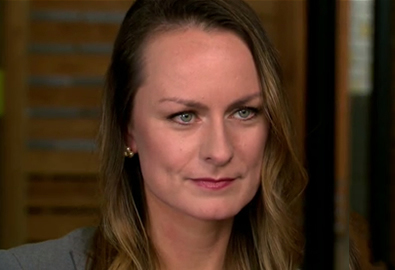
At 2:16 a.m. on Monday, February 15, 2021, millions of residents received the following text message from their energy provider:
“Due to record electric demand, Texas electric grid operator is directing rotating outages to protect electric grid reliability. Outages typically 40 mins or less. Length and frequency depend on the severity of the event. Prepare for possible power interruptions due to mandated rotating outages.”
For more than 4 million households, including my own, forty minutes turned into days. As of Wednesday morning, 2.7 million Texans still did not have power, and many more have lost water access.
During the thirty-eight hours I went without power and heat in below-freezing temperatures, I received only one additional communication from my power company, an email informing me that “emergency thermostat adjustment events will likely be called this week” due to the high energy demand and warning me to prepare to have my thermostat automatically decreased by four degrees. That was it – two messages and hours of radio silence.
Like many early into the blackout, I relied on social media to fill in the gaps in critical information. I learned we were experiencing rolling blackouts and that many in my community were also without power.
As the power remained out, social media became a luxury only accessible to a few. With limited or no power for days, most rationed their phone usage to preserve their battery for emergencies. Those with enough battery to use social media experienced limited access due to cell and internet outages caused by an increased demand and providers relying on generators to keep networks going.
Despite limited consumer internet access, energy companies, elected officials, and municipalities continued to rely on social networking platforms and media outlets to disseminate information to consumers.
During an emergency, any organization’s goal should be to provide as much information to the ones directly affected as possible. Direct-to-consumer information cuts down on misinformation and fraud while helping the organization build a recovery strategy.
Texas’ energy crisis exposed a dangerous trend in crisis management. Many are not adapting their methods of communication to meet the moment. While Facebook Live can be an efficient way to hold a press conference on a good day, if your consumers can’t access social media or watch the news and are cut off from technology — using an online platform won’t help you reach your real target audience.
Responsive communication strategies start at the governmental level. Emergency notification systems are critical to keeping residents informed. Similar systems exist at the state and national levels (think: Amber Alerts or Flooding/ Severe Weather Notifications). Municipal governments and utility companies should utilize emergency notifications to alert residents to possible outages. These alerts go to every phone, and their blasting sound will cause even those rationing power supply to check the message and receive information. Opt-in text alert systems, like the one run by the Capital Area Council of Governments and its partners, should continue to provide residents with essential updates, easy-to-access resources and updated timelines.
Sending information directly to the individual prevents misinformation and rumors from spiraling out of control while mitigating panic and additional damage. When people are desperate for information, they will rely on anything that sounds credible. Last night, my in-laws, who are without power and water, called us panicked because a friend of a friend told them that the energy companies would shut the entire grid and cell tower system down overnight to reboot. Even more devastating is when misinformation leads to injury and death. Desperate and without resources on when the crisis would end or how best to proceed, Texans have been hospitalized or killed while going to extreme and unsafe measures to stay warm.
Crisis leaders need to use all channels possible to deliver consistent, accurate information.
As neighbors and community members, we need to implement similar changes in how we offer assistance. Posting on Next-Door, shooting off a tweet, or writing a Facebook post offering assistance is a way to show support, but with critical infrastructure faltering, those seeing your posts are those who do not need help. Instead, look for houses with lights off, knock on their door and ask if they need anything. Find a community shelter in need of volunteers or supplies and offer assistance. Use your resources to go right to the source and fill in the gaps.
Those hurt most by disasters are most often vulnerable, hard-to-reach populations. It is the responsibility of crisis leaders to ensure their communications strategy is not catering to the crisis spectators but rather using all resources available to direct the messaging to those in need.


